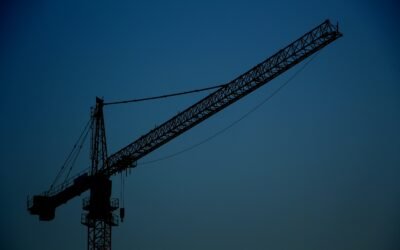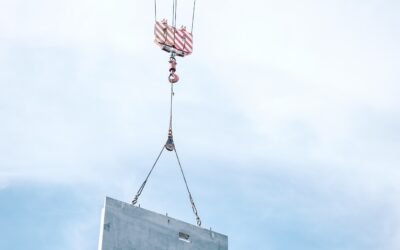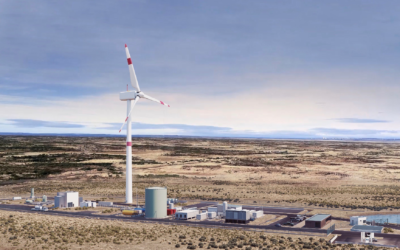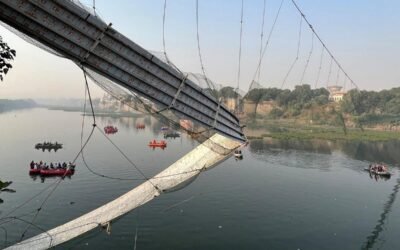Blog
Laying the Foundation for Effective Construction Dispute Resolution: Lessons for Pakistan from Qatar
Abstract The construction industry in Pakistan is governed by the Fédération Internationale Des Ingénieurs-Conseils (FIDIC) Construction Contracts, with construction disputes being typically resolved through the use of an Engineer, a Disputes Board, or construction...
A Comparative Study of Clean Energy Incentives in India and the USA
Abstract At the COP26 summit in Glasgow in 2021, Prime Minister of India, Shri Narendra Modi pledged to cut India's total projected carbon emission by 1 billion tonnes by 2030, reduce the carbon intensity of the nation's economy by less than 45% by the end of the...
Role and Effectiveness of the SARFAESI Act in Infrastructure Financing
Abstract This blog article dives into the role of theSARFAESI Act, 2002 in the infra-financing sector. It does so by highlighting the obsolescence of present laws, understanding the concept of infra-financing, and its intersection with Non-Banking Financial Companies....
Resolving Construction Disputes in Malaysia
Abstract In the past three decades, the world has witnessed a significant relationship between Infrastructure development and economic growth. Increased infrastructure activities can reduce poverty and thus help to achieve the Millennium Development goals. Due to...
Metaverse and the Projects and Infrastructure Sector: Issues, Challenges, and Solutions
Abstract Metaverse is a virtual platform that allows people to interact, communicate, and build upon virtual and augmented realities and, even so, live on them. This Metaverse is not indeed a new concept. There are several attempts of channelizing into a “world” in...
Reverse CIRP under the Insolvency and Bankruptcy Code: NCLAT’s innovative approach to protect the interests of Homebuyers
Abstract Under the Insolvency and Bankruptcy Code (“IBC”), the claims of homebuyers have led to a number of fascinating developments within the IBC framework, with homebuyers now duly recognised as Financial Creditors under the Code. In addition, the specific...
Analysing the Role of Indigenous Communities and Traditional Knowledge in Climate Change and Energy Innovation
Abstract Mr. Perry Bellegarde, a Canadian politician and indigenous people advocate, once said, “Indigenous people have made huge contributions to this country. Their biggest is in sharing the land and resources. People must understand that indigenous people should be...
E-fuels and Carbon Capture: Possibilities and Opportunities in the Indian Landscape
Abstract Electrofuel or E-fuel is an up-and-coming alternative fuel that combines hydrogen and carbon dioxide. However, unlike conventional fuels, both hydrogen and carbon molecules are derived in a green and renewable way, thus touting it as a ‘green alternative...
Morbi Bridge Collapse: The Apparent Concession Dysfunctionality
During the late evening of October 30, 2022, a 141-year-old bridge suspended with wires over the Machchu river of Gujarat broke loose and submerged under water leading to the casualty of approximately 141 people. The bridge, known asthe “jhulta pull”, was originally...
Multi-Tiered Dispute Resolution Clauses in Construction Contracts
From house renovations to the construction of mega public infrastructure projects such as roads, disputes are inevitable in construction projects. Contractual disputes in construction projects arise due to various factors owing mainly to differences in human and...
About Us
The Indian Journal of Projects, Infrastructure and Energy Law (IJPIEL) is a student-run law
journal and blog which was founded in July 2020 by a group of students from Universities
across the nation, led by its founder, Naman Anand.
Other Links
Our Story
Journal
Contact Us
Team










